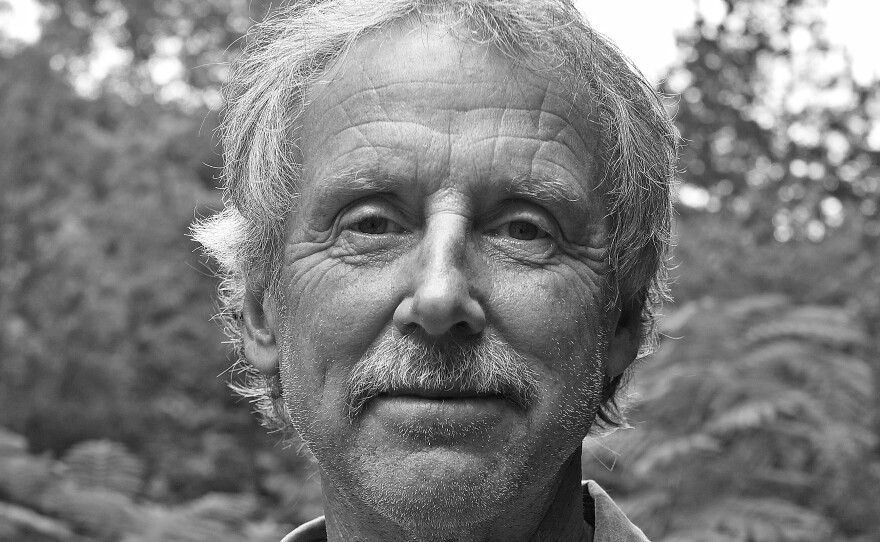Photographer David Zurick grew up in a small town along Lake Huron, where he spent his formative years on the beach, learning to ski, skate and swim.
Zurick left the Midwest to study Geography in Hawaii, which then led to his career as a photographer traveling all around the world. Recently, he decided to turn his lens back to his roots along the Great Lakes for his new photography book called The Third Coast.
In Zurick's guided photo tour through the seasons, there are over 100 images of Lakes Huron, Michigan, Superior, Erie and Ontario — from unbroken horizons of water and sky to coastal hometowns and remnants of industry.
Zurick says inspiration struck during the pandemic, as his globe-trotting photography adventures came to a halt. Upon returning to his hometown on the Thumb of Michigan, he realized he had taken the Great Lakes' unique beauty for granted.
"[When] I would go back and visit the Great Lakes, you know, I was always kind of confronted with the scale of the horizon, the scale of those lakes," he says. "The spaciousness is what what I really came to appreciate about those great lakes."
Beyond traditional nature photography — or the "classic pretty picture," as he puts it — Zurick's work tends to highlight the complex interplay between water, land and the built environment.
"I'm really interested in photographing places that connect in a certain way to human society," he says. "That includes how we have transformed places — so I'm really looking at the landscape from a cultural landscape point of view, not a natural landscape point of view."
Whether it's abandoned houses, ice fishing shanties or an iron ore dock in Marquette Bay, Zurick is fascinated by the footprint that culture leaves behind. In one photo he took while snowshoeing through Hiawatha State Forest, however, it was the absence of man-made noise led him to take the shot.
"You just had the flurries dropping down to these trees and I was trying to quietly walk through it and be there quietly," he says. "So it's the quiet of that image is what was most compelling for me."

Zurick hopes that his photographs highlight the diversity of the Great Lakes, no matter if the audience grew up in the region or has never seen them in person.
"Yes, they're beautiful places, yes, they're large places, but they're incredibly diverse places and they're important on so many levels in terms of the resources they provide. Certainly water, but other kinds of natural resources in terms of their recreational potential for people," he notes. "So it's really getting at these lakes as a geographic component of the larger American landscape, and it's a place that a lot of folks, frankly, in the United States aren't that familiar with, even though they've heard the name before."
_
















